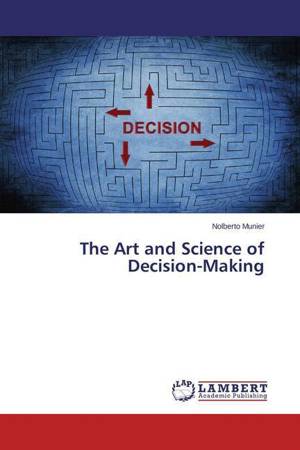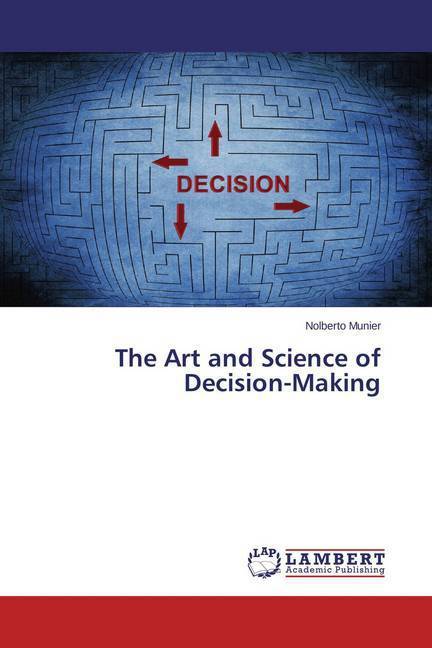
- Afhalen na 1 uur in een winkel met voorraad
- Gratis thuislevering in België vanaf € 30
- Ruim aanbod met 7 miljoen producten
- Afhalen na 1 uur in een winkel met voorraad
- Gratis thuislevering in België vanaf € 30
- Ruim aanbod met 7 miljoen producten
Zoeken
Omschrijving
This book refers to the Multi Criteria Decision-Making, a process, half art and half science that facilitates the Decision-Maker work. Why and art? Because given a set of alternatives or projects the Decision-Maker needs to apply his/her knowledge, expertise and common sense to select a set of projects and for determining on what basis these projects will be evaluated. There are no equal projects; each one, even for the same purpose has its own characteristics than more often than not cannot be analyzed through mathematical formulas. Thus Decision-Maker involvement is paramount. Decision-Making is also science, because with the information inputted a model must be able to suggest results that satisfy the Decision-Making or a Group Decision-Making. This book tries to combine both aspects by presenting a efficient model -the SIMUS method - that can support and especially justify the Decision-Maker decisions. The book covers the full procedure from arranging the initial data in a convenient way, to delivering results for the Decision-Maker examination. A particular feature is that the method yields two coincident results as a consequence of using two completely different procedures
Specificaties
Betrokkenen
- Auteur(s):
- Uitgeverij:
Inhoud
- Aantal bladzijden:
- 192
- Taal:
- Engels
Eigenschappen
- Productcode (EAN):
- 9783659815249
- Verschijningsdatum:
- 21/12/2015
- Uitvoering:
- Paperback
- Afmetingen:
- 150 mm x 220 mm
- Gewicht:
- 290 g

Alleen bij Standaard Boekhandel
+ 138 punten op je klantenkaart van Standaard Boekhandel
Beoordelingen
We publiceren alleen reviews die voldoen aan de voorwaarden voor reviews. Bekijk onze voorwaarden voor reviews.








